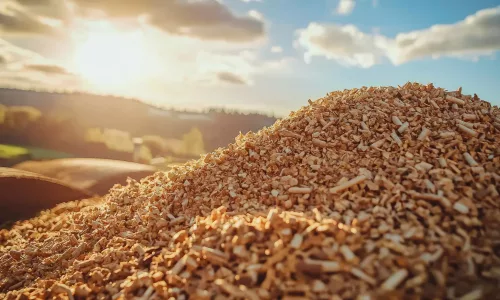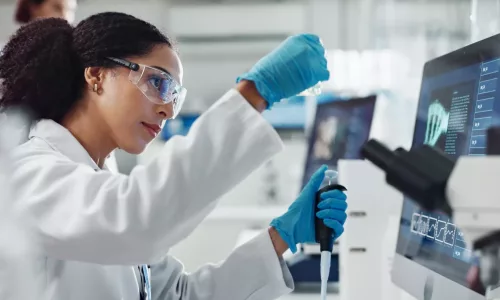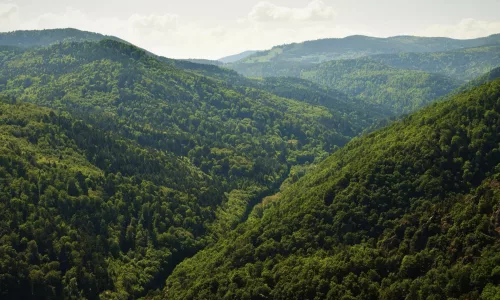WoodINchem Platform
Collaborative innovation platform
Pooled resources to support the scaling up of projects for the transformation and recovery of wood biomass in green chemistry and bio-sourced materials.

Mobilize the forest-wood-chemical-materials sector!
The forest-wood-chemical-materials sector must unite to meet the challenges of sustainable innovation and ecological transition. By mobilizing researchers and industry around joint projects, it becomes possible to transform forest biomass into concrete solutions: high-performance bio-sourced materials, alternatives to fossil fuels, and low-carbon processes.
Only close cooperation between science and industry will accelerate the transition from ideas to concrete applications. By pooling expertise, sharing risks, and creating a powerful innovation ecosystem, we can bring ambitious projects to fruition, reduce development costs, and position France as a global leader in the bioeconomy.
Together, as stakeholders in the forestry, wood, chemical, and materials sectors, we have the opportunity to build a sustainable industry that addresses environmental challenges while creating economic value.

Our history
WoodInchem Platform is an ambitious project aimed at developing the wood bioeconomy in the Grand Est region.
-
 2011
2011Réflexion Structuration filière bois-chimie (Ecolicel) - colloque international Woodchem
-
 2018
2018Projet de Bioraffinerie du bois et Plateforme: industrielle GREEN Valley
-
 2022
2022Etude de faisabilité de la plateforme WOODCHEM Valley
-
 2024
2024Lancement de la plateforme d'innovation collaborative WOODCHEM
-
 2025
2025Colloque International WOODCHEM
Wood Bioeconomy
Our ambitions
The creation of the WOODINCHEM collaborative innovation platform in the field of wood chemistry and materials meets several important ambitions:
Accelerate innovation and scale-up
Accelerate innovation and the development of new wood processing products and processes by pooling resources and reducing the costs and risks associated with scaling up to industrial scale.
Create more added value locally from local wood resources
- An abundant local resource 250,000 ha of forest
- 742,890 green tons of sawmill waste in the Grand Est (51% used for energy (pellets) and 42% for processing (paper, board))
- 5,721 green tons of bark not yet utilized
Strengthening the local wood bioeconomy sector
Encourage collaboration between stakeholders in the wood sector and those in the chemistry and materials sectors—two fields that previously knew little about each other but whose cooperation is essential for developing bio-based molecules.
Implement industrial projects in the region
making use of local forest resources to produce molecules and extracts for various markets: cosmetics, nutraceuticals, specialty chemicals, and plant protection products.
Wood Bioeconomy
WoodINchem GOALS
Supporting the development of the wood bioeconomy
Goal n°1
Developing local forest resources
Exploit the potential of lignocellulosic biomass, in particular wood residues from sawmills, to develop new high added-value products
Goal n°3
Pooling resources and skills
to reduce the costs and risks associated with the development of new products and processes in the field of chemistry and materials
Goal n°2
Supporting the scaling-up of industrial projects and the maturing of wood processing technologies
Supporting companies in the development of advanced materials and innovative processes
Encourage the transition to green chemistry by using wood as an alternative to petrochemical products for a range of industrial sectors (nutraceuticals, animal feed, biocontrol solutions and biostimulation for agriculture, etc.).
Goal n°4
Innovation and competitiveness
Accelerate the development of new products and processes by pooling resources and facilitating the transition from research to industrial scale.
WoodInChem platform: innovating together to add value to local wood, develop green chemistry and pool resources to promote the circular bioeconomy of wood
WoodInchem platform
governance
The governance of the WOODCHEM project has been organised around various committees: A Steering Committee – An Upstream Industry Club – A Downstream Industry Club – A Scientific Committee – Specific working groups




